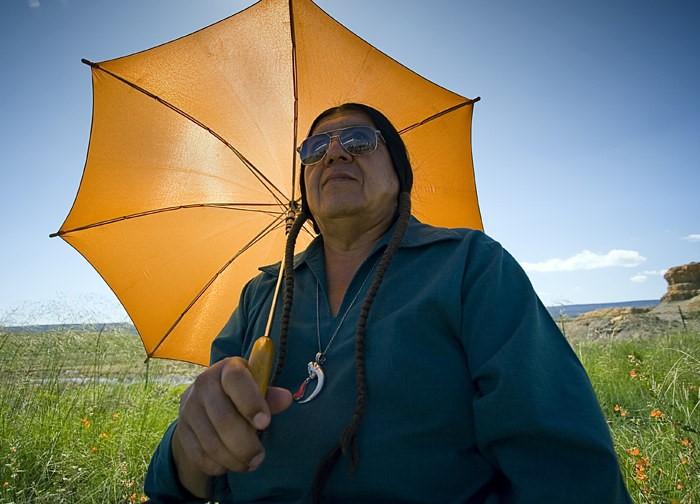An observational study published yesterday in PNAS Nexus reveals that American Indian/Alaska Native (AI/AN) COVID-19 patients were three times more likely to become severely ill than their White or Hispanic peers and had more than double the risk of in-hospital death—despite being younger and having fewer chronic conditions.
University of New Mexico researchers collected data on 475 adult COVID-19 patients admitted to the university hospital from April 2020 to December 2021. Median patient age was 55 years, 46.1% were women, 47.0% were Hispanic, 30.7% were AI/AN, and 18.5% were White.
"Historically, AI/AN communities have faced challenges in accessing quality healthcare due to geographic remoteness, limited healthcare infrastructure, socioeconomic constraints, historical trauma, and discriminatory policies," the study authors wrote. "These barriers have been exacerbated during the COVID-19 pandemic, further intensifying health disparities, and hindering timely diagnosis, treatment, and management of the disease."
AI/AN race single biggest risk factor
AI/AN race was the single greatest risk factor for severe illness (odds ratio [OR], 3.19) and was a prognostic factor for in-hospital death (OR, 2.35). Other risk factors for severe illness included male sex (OR, 2.73) and each additional year in age (OR, 1.02). After adjustment, men (OR, 2.16), patients with chronic kidney disease (OR, 2.48), and steroid recipients (OR, 6.96) were at elevated risk.
Roughly 54% of AI/AN patients became severely ill, compared with about 36% of Hispanic and 31% of White patients—despite the latter groups having higher rates of chronic obstructive pulmonary disease (COPD), sleep apnea, hyperlipidemia, hypothyroidism, and history of smoking.
AI/AN patients were younger than White or Hispanic patients, needed more invasive mechanical ventilation (18.5% vs 4.5% vs 6.3%, respectively), experienced higher rates of shock (1.6 and 1.5 times higher than in Hispanic and White patients, respectively), encephalopathy (reduced blood/oxygen flow to the brain; 2.1 times higher than in Hispanic patients), and longer hospital stays (20.1 days vs 12.2 and 9.9 in Hispanic and White patients, respectively).
Although in-hospital mortality was higher in the AI/AN group (22.6%) than in Hispanic (15.8%) and White (15.9%) patients, a univariate analysis didn't find a significant difference. AI/AN patients who died due to COVID-19, however, were younger (55.9 years) than their Hispanic (60.0) and White (60.9) peers.
Roughly 54% of AI/AN patients became severely ill, compared with about 36% of Hispanic and 31% of White patients—despite the latter groups having higher rates of chronic obstructive pulmonary disease (COPD), sleep apnea, hyperlipidemia, hypothyroidism, and history of smoking. Also, AI/ANs had the highest COVID-19 vaccine uptake of all racial groups in New Mexico during the study period, which the researchers said suggests that vaccination status didn't drive the disparity.
Collaborative tribal partnerships may address disparities
At admission, AI/AN patients had abnormal levels of some inflammatory biomarkers, hematologic features indicative of severe infection, and signs of liver damage. "These results suggest that hypoalbuminemia [underproduction of albumin protein by the liver] may be a result of systemic inflammation from COVID-19," the researchers wrote. "Collectively, the admission characteristics indicate a more rapid onset of severe disease in the AI/AN group and a clinical presentation of such in younger individuals."
The admission characteristics indicate a more rapid onset of severe disease in the AI/AN group.
The authors noted a similar pattern of relatively severe disease in Native Americans during the 1918 influenza pandemic, historical tuberculosis outbreaks, and the 2009 H1N1 influenza pandemic. They said that the causes of these disparities are likely multifactorial and may include social determinants of health and different immunologic responses to viruses.
The results of the study, they added, underscore the disproportionate COVID-19 burden on hospitalized AI/AN patients. "Collaborative partnerships between tribal authorities, healthcare providers, and public health agencies are also essential in developing and implementing effective strategies to address access barriers and improve health outcomes," they concluded.




















